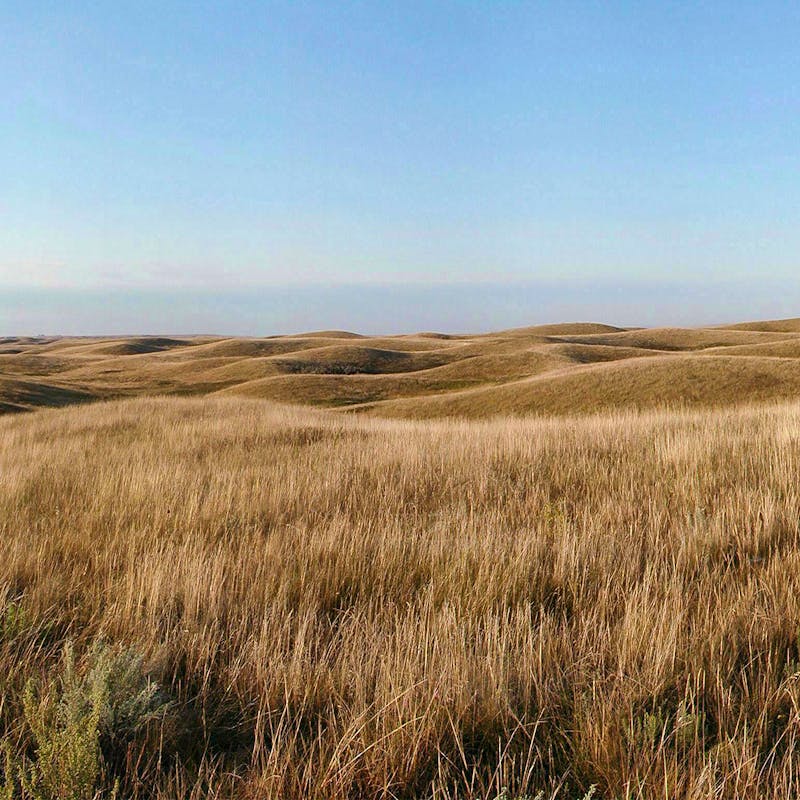The prairie grasslands are anything but a Blank Space. Of the many animals calling this area of the United States home, one small but important species of fox deserves a spotlight. Should we nickname them The Bolter? While swift foxes may be speedy, their reintroduction process isn’t as quick.
Once inhabiting lands from Canada to Texas, the swift foxes’ range has decreased to approximately 44% due to agriculture, land cultivation and predator control programs. Consequently, there has been an overall decrease in the population by nearly 90%.
The population is rebounding thanks to some Superstar organizations, like Defenders and local tribes. Tell Me Why, Dear Reader, you wouldn’t want to learn more about this adorable, important species. Here are nine amazing facts about these foxes, read on and see if you can find all our easter eggs along the way.
- These foxes got their name being FEARLESS fliers across the Great Plains. Vulpes velox, their Latin name, translates to swift fox. Their slender bodies and small size allow them to reach speeds up to 30 mph. In fact, they are roughly the size of a housecat like Taylor’s Olivia or Meredith.
- SPEAK NOW at any volume, swift foxes can hear you. These foxes have abnormally large ears for their body size, which help them find prey and detect lurking predators, like coyotes.
- Swift foxes do not hibernate and their coat changes colors throughout the year. They come in a variety of shades including orange, gray and RED. In the winter, they are known to be grayer or orange and have more red-tan tones in the summer. These colors help them to blend into the grassy prairies they reside in and protect them from predators.
- Canada was the first to release swift foxes in 1983. Data from their reintroduction plan, which went through 1992, prompted an endangered species listing petition to the U.S. Fish and Wildlife Service. As part of the listing petition, swift fox population assessments in the U.S. were conducted in 1989. Despite all this, the FWS elected not to list the swift fox, noting they had other priority species.
- While some foods they consume may have a bad REPUTATION for humans, these foxes love them! As omnivores, they eat both meat and plants. Their diet mostly consists of small mammals such as prairie dogs. Swift foxes will also eat reptiles, amphibians and insects, and — as opportunists — decaying carcasses and animals killed on roadways.
- They are truly a LOVER with their mates and offspring. Swift foxes are typically monogamous and will bond for life. When they “den up” to have pups, both parents will care for the young for about six months until the pups are old enough to venture out on their own.
- FOLKLORE says they are one of the few foxes who use their burrows year-round unlike red or arctic foxes. Swift foxes will utilize prairie dog burrows in the sagebrush steppe and grasslands, or will dig their own den. These dens tend to have multiple entrances and exits so the foxes can watch for predators. Due to predation by coyotes, they may not inhabit their den EVERMORE, moving to multiple dens throughout the year.
- Swift foxes are especially active at MIDNIGHTS. These foxes emerge from their burrows and hunt during the dusk to dawn hours. During the day, they stay underground to avoid heat exhaustion, as most of their water comes from their prey base.
- TORTURED POETS might be sad to know swift foxes were declared extinct in Montana in 1969 as their population declined and overall range decreased to 10% of its original size. But don’t fret, they are making a comeback! Defenders, in partnership with the Annaihh (Gros Ventre) and Nakoda (Assiniboine) Tribes of Folk Belknap, the Blackfeet Nation and other organizations, have put in remarkable effort to conserve these valued creatures. The states’ Fish and Game Departments can’t just Shake It Off and need to approve their wildlife action plans for swift foxes to continue to thrive and contribute to the biodiversity of the plains now, Forever and Always.
As Defenders is in their final year of a five-year recovery plan at Fort Belknap, we are looking forward to the next Era where we can focus our efforts for the swift fox of the plains. The situation is Delicate and Defenders can use your help. Follow along for updates and, if possible, donate to support our experts and efforts to protect swift foxes and other wildlife.









